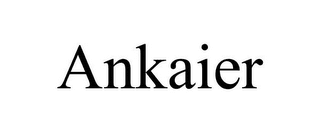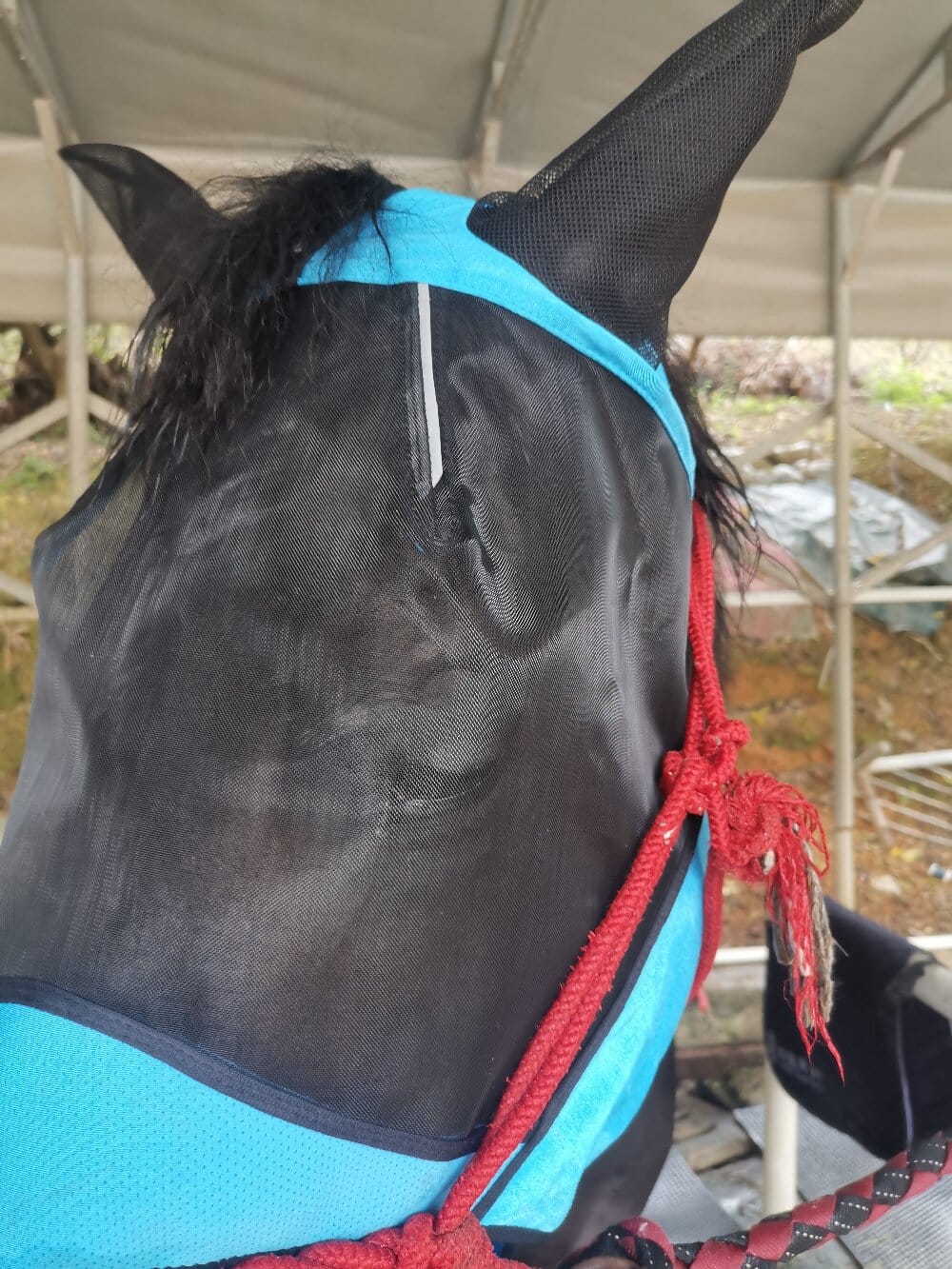As an equestrian who spends a significant amount of time analyzing the gear that keeps my horse comfortable and performing well, I’ve come to view the humble horse fly mask as a masterpiece of functional design. Initially, I saw it as a simple mesh screen, but my technical analysis has revealed it to be a critical piece of equine equipment. A quality fly mask for horses does far more than just swat away flies; it’s a sophisticated barrier system engineered to protect one of the horse’s most vital and vulnerable assets—its eyes. From preventing painful insect bites and reducing the risk of conjunctivitis to shielding against harmful UV rays, the right face covering is a non-negotiable part of my daily turnout routine. It’s not an accessory; it’s a necessity for modern horse management.
Deconstructing the Materials and Construction
When I first started looking into these protective garments, I realized the material is the first line of defense. The best masks are crafted from a durable, lightweight mesh that provides maximum airflow while creating a physical barrier. I always check for a soft, non-abrasive noseband and edging, as this is where rubbing and chafing most commonly occur. The technical specs matter: the mesh density must be fine enough to block the smallest gnats yet open enough to not impede vision or cause overheating. Furthermore, I look for materials with integrated UV protection. Just as we wear sunglasses, our horses benefit from a barrier against the sun’s rays, which can be especially harsh in open pastures. This dual-purpose functionality—insect defense and sun protection—is a key indicator of a well-designed product.
The Critical Importance of a Secure Yet Safe Fit
A perfectly engineered mask is useless if it doesn’t fit correctly. My analysis always prioritizes the closure mechanisms. Most masks utilize a combination of a sturdy poll strap and a velcro-fastened throat latch. The poll strap must be secure enough to prevent the mask from slipping or twisting, which could blindfold the horse—a dangerous situation. However, the entire assembly must also feature a reliable breakaway safety system. This is non-negotiable. I’ve seen instances where a mask gets caught on a fence post or a branch, and a well-designed breakaway tab or elastic insert will give way, freeing the horse and preventing a potential panic injury. This balance between security and safety is the cornerstone of a trustworthy fly mask for horses.
Analyzing Specialized Features and Long-Term Value
The market now offers a range of specialized features that cater to specific needs, and from my perspective, these are worth analyzing for their return on investment. For horses with sensitive eyes or those prone to uveitis, masks with extended nose covers and ear protection offer a more comprehensive defense. I also consider the long-term durability. A slightly more expensive mask made from rip-resistant material often outlasts three or four cheaper versions, making it more economical over time. The ease of cleaning is another factor; a mask that retains dirt and sweat can itself become an irritant. I look for machine-washable options that hold their shape and fasteners through multiple cycles, ensuring hygiene and longevity.
My Final Assessment on Equine Fly Protection
After years of hands-on experience and careful evaluation, my conclusion is clear. Integrating a well-fitted, technically sound horse fly mask into your equine care regimen is one of the most effective and straightforward decisions you can make for your horse’s welfare. It goes beyond simple pest control, serving as a preventative health measure that safeguards against eye injuries, infections, and sun-related damage. By taking the time to analyze the materials, fit, safety features, and durability, you are not just buying a piece of gear; you are making an informed investment in your horse’s comfort, health, and overall quality of life. The peace of mind I get from knowing my horse is protected from these constant irritants is, in my professional opinion, invaluable.

